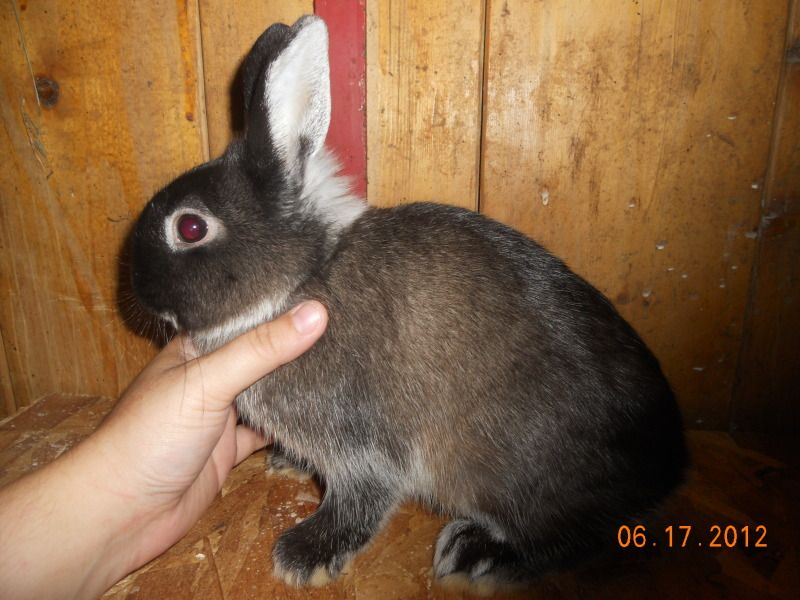fhjmom
Well-known member
What color are chestnut kits when they are born? Our chestnut doe, bred to a black buck, had a litter of three babies that are very dark with light tummies. I know the highest percentage of possibility with that mating is chestnut kits, but otters are also possible, although with a much lower chance. This is not her first litter, but the first litter she has had with us, and I don't know the colors of her previous litters, except one daughter that we also have (who is also a chestnut), so I don't know much about what she carries opposite the dominate agouti genes.
Just wondering what the babies could possibly be with dark coloring and light tummies.
Just wondering what the babies could possibly be with dark coloring and light tummies.






















































